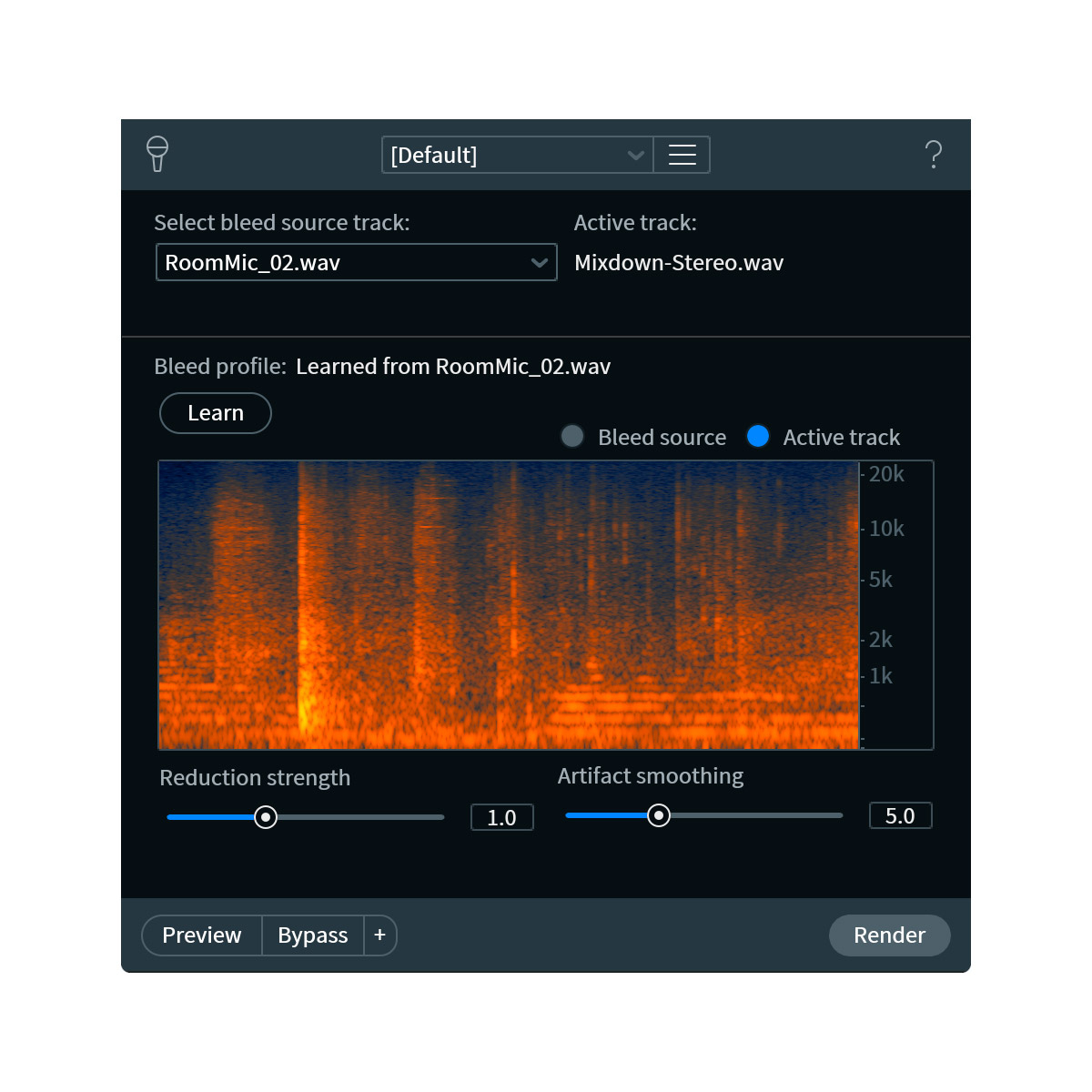

It is also very important to save an RX Document as soon as you've brought the file into the software. So, if you've changed the EQ, for instance, and then want to go back and look what settings you've used, you need to save the settings as a preset using the 'add preset' option. Perhaps the most important specific thing to remember about RX is that if you use a module, close it and then reopen it, your settings won't automatically be remembered. It is surprising how often a proper A/B comparison changes your mind. My preference is to preview my changes and then when I feel like I'm on the right path, I will use the compare function to be able to quickly A/B the changes. Assuming you've selected a region to work on, you can use the 'selection playback' button to just play that region, which can be very useful. The chosen processing module is not active until you 'preview' or 'compare' your settings. In a paradigm that's not unlike Photoshop and other image-editing software, RX processing is applied by first selecting an area within the spectral view, and then choosing a processing module within the right-hand panel. A slider in the lower-left corner allows you to blend the waveform and spectral views I have mine set to 100-percent spectral, but it can be very useful to have the waveform showing too. This has two main ways of visualising audio: a conventional waveform display and a spectrogram view which represents frequency on the vertical axis and time on the horizontal axis, with colouring used to indicate the intensity of the sound. Some of its processing modules are available as real-time plug‑ins, but in this article I'll be working with the standalone RX Audio Editor program. So what can we do when the producer loves the solo and the artist is becoming all gushy about it, but there's hum all over it? There are numerous effective noise-reduction packages, but iZotope's RX is one of the most popular and comprehensive, and it has become my weapon of choice. It wasn't bad enough to make recordings unusable, but it was enough to bother me. The live room was a masterpiece of studio design, but the control room had a problem: no matter what I did, I got the classic 50Hz mains hum if I tried to record a guitar in there. This first became an issue for me when I moved into a new studio. In this article I'm going to use real-world examples to try to shine some light on the under-appreciated dark art of noise reduction.

However, it can make a vast difference to the finished product, and save the mix engineer a lot of work. In my experience, taking away unwanted noise is something that is often overlooked in music production. Whether it's ambient distraction on a location recording, a poorly grounded electric guitar or something unexpected that's been captured in a library sample, the sound we want is all too often mixed up with noises we don't want. We show how iZotope's popular restoration package can deliver cleaner audio for your music projects.


 0 kommentar(er)
0 kommentar(er)
